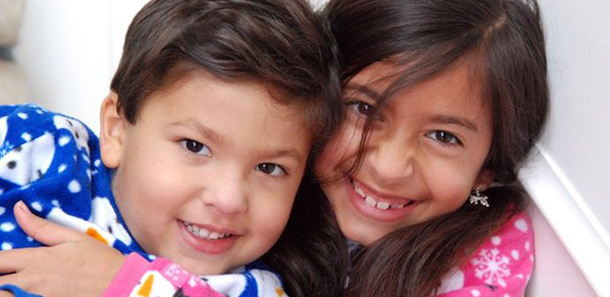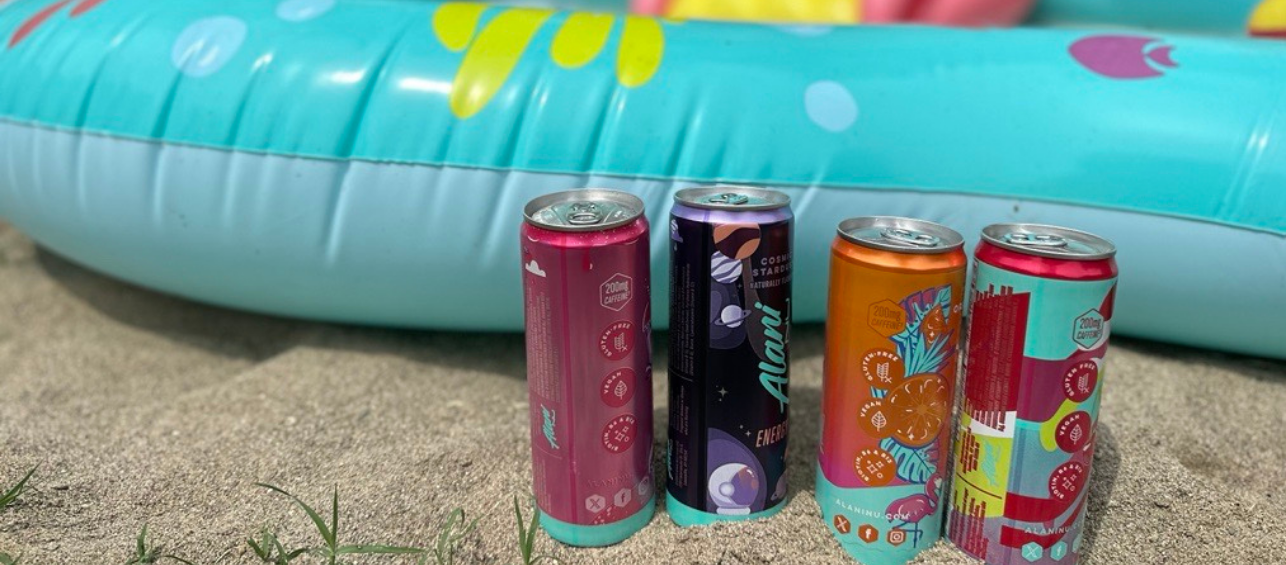Warning Signs of Carbon Monoxide Poisoning
Carbon monoxide (CO) is appropriately dubbed the silent killer: It is invisible, odorless, tasteless and non-irritating.
Initial signs of CO poisoning include vomiting, dizziness, headache, and confusion, which can be mistaken for the flu. More serious complications are loss of consciousness, nerve damage, permanent disability and even death.
Essentially CO blocks our body’s ability to absorb oxygen, and thus, has the same effect as suffocation.
Sources of Carbon Monoxide
Potential sources of CO exposure include furnaces, water heaters, and gasoline-powered equipment like generators, snow blowers, water pumps. The inappropriate use of cooking equipment to heat the house can also cause carbon monoxide exposure. Examples include gas ranges, charcoal grills and camping stoves inside the home.
Fall is the time to be most concerned about CO, when families initially turn on their furnaces. The chimney flue should be cleared of obstructions so that CO has a clear exit from the house.
Here are a few CO safety measures to keep in mind, especially during the fall and winter months when CO poisoning is more common:
Carbon Monoxide Safety Reminders
1. Be Cautious of Space Heaters
Families might place space heaters in bedrooms for extra warmth at night. Keep in mind that some space heaters contain kerosene, butane or propane, which can emit carbon monoxide. These devices need to be properly maintained to ensure that only a safe amount of CO is emitted. If you have the option, an electric space heater is the safer choice.
2. Check Your Carbon Monoxide Detector
To ensure the safety of those in your home, it is essential to have a carbon monoxide detector on every floor of your home and near all bedrooms. For the best prevention, place a detector at least 15 feet from each bedroom.
The most effective detectors have battery backup in case of power outages and digital peak concentration readouts. Be sure to check your CO detector’s manufacturer information to see how often to replace the battery.
3. Be Mindful When Warming Up Your Car
When it’s bitter cold, many people let their cars warm up before driving them. Take the extra step to pull your car out of the garage before letting it sit while running. Simply opening the garage door does not create enough ventilation to remove the carbon monoxide from the garage.
If you suspect that you or someone in your family is showing symptoms of carbon monoxide poisoning, get away from the source of the exposure and contact your Drug and Poison Information Center immediately at 1-800-222-1222.






Always a great reminder. Thanks